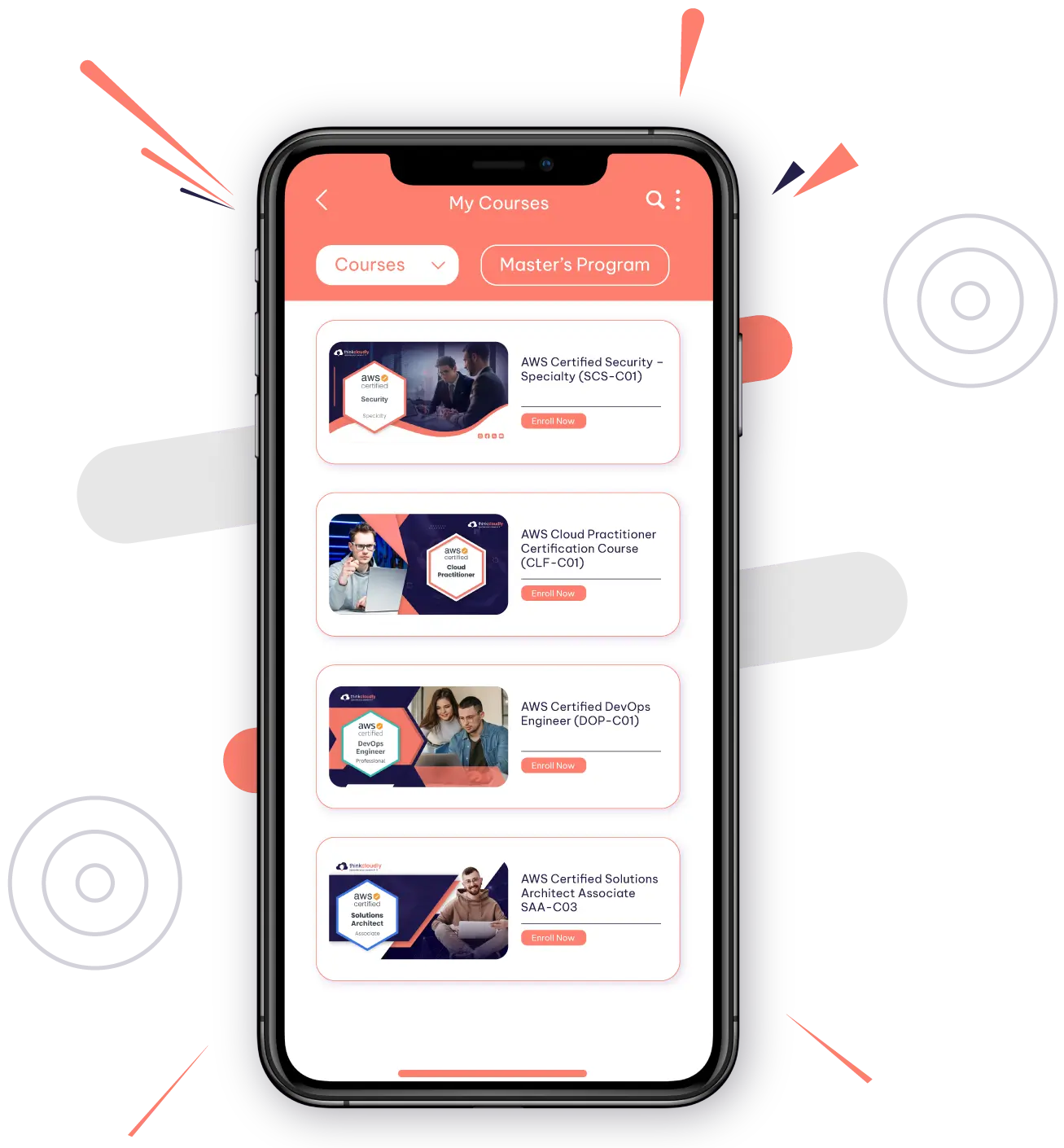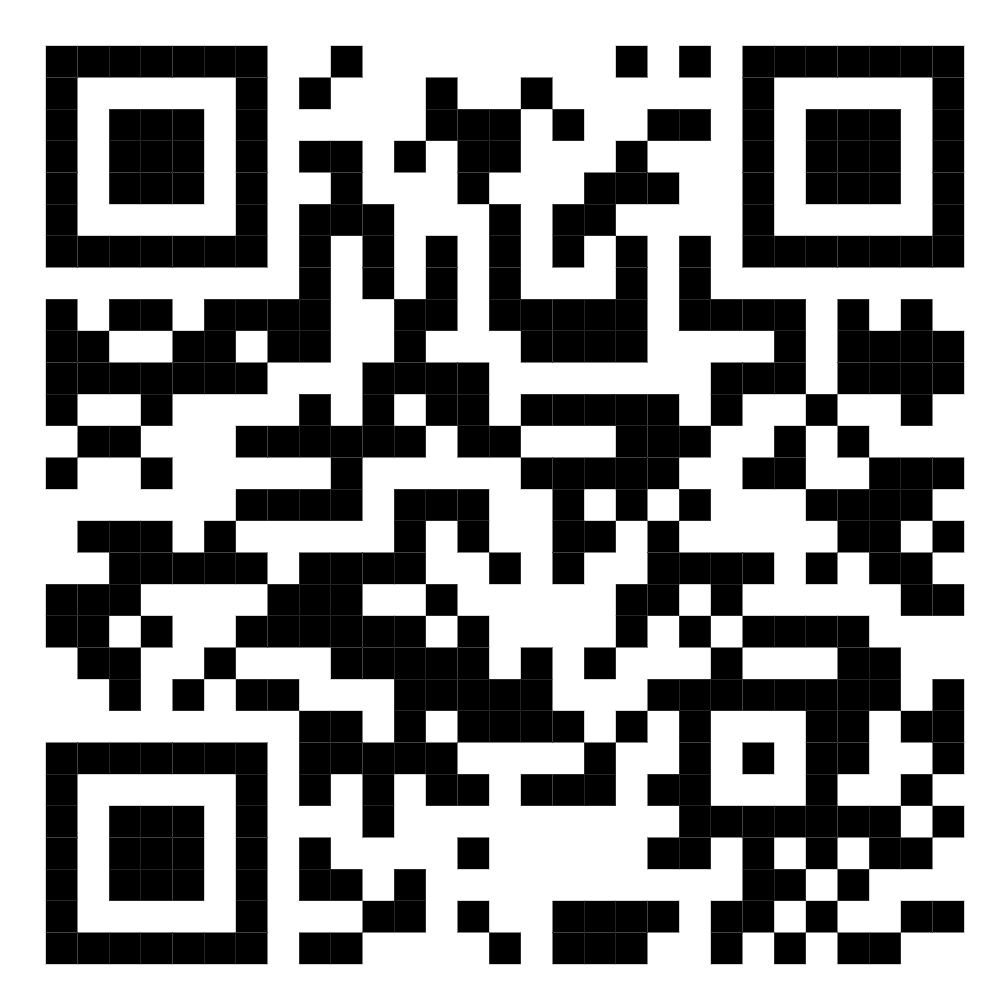Introduction
In the wake of digital transformation, security still remains a core value for every cloud service provider. Especially, given the prevalence of threats in most of the cloud environments, organisations transitioning from on-premises to hybrid or cloud environments should change their threat detection practices by using reliable threat detection tools and platforms.
What is Detecting Threat?
Detecting threats is a process of analysing the security integrity of a virtual or physical environment in terms of searching for or finding any malicious or suspicious activity that can affect the system. Monitoring and detecting threats can be tough at times, which is why threat detection tooling exists to make the task easier.
In this blog, we will be comparing and contrasting the features and explain the significant considerations of three renowned cloud-based threat detection tools from the largest cloud service providers,Azure security,AWS security and Google cloud security.
Comparison between Azure security, AWS security and Google security
Comparison of the salient security features of Azure, AWS, and google cloud which involves assessing different aspects such as network security, identity and access management, data encryption, compliance certifications.Following is the detailed comparison for your overview:
- Network Security:
- Azure security– It provides network security groups, DDoS protection, and Azure firewall for secured network access.
- AWS security- It offers features like Virtual Private Cloud (VPC), AWS WAF for web application firewall, and DDoS protection.
- Google Cloud: It provides Virtual Private Cloud (VPC) for network isolation, Google Cloud Armor for DDoS protection, and cloud VPN for secured network connections.
2. Identity and Access Management (IAM):
- Azure security- The Azure Active Directory (AD) allows for identity and access management with different authentication methods and role-based access control.
- AWS security– IAM enables centralised control of access to AWS services and resources with multi-factor authentication(MFA) besides fine-grained access controls.
- Google cloud- Google cloud provides cloud identity and access management (IAM) for managing access to resources, supports granular permission settings and service account management.
3.Data encryption:
- Azure security- Azure Key Vault is for managing encryption keys, Azure Disk Encryption for data at rest, and Azure Information Protection for data classification and protection.
- AWS security- It provides AWS Key Management Service (KMS) for encryption key management, AWS Encryption SDK, and services like Amazon Macie for data security and privacy.
- Google cloud- Google cloud offers Google Cloud Key Management Service (KMS) for encrypting key management, Google Cloud Storage for encrypted data storage, and Cloud Data Loss Prevention for sensitive data classification.
4. Compliance Certifications:
- Azure security- It is compliant with different industry standards, which includes ISO, SOC, HIPAA,and GDPR.
- AWS security- It provides compliance with different standards like PCI DSS, HIPAA, ISO, and SOC, among others.
- Google Cloud- It is compliant with standards like ISO, SOC, HIPAA, and GDPR, with different industry-specific certifications.
5. Monitoring and Logging:
- Azure security-Azure monitor offers comprehensive monitoring capabilities, with Azure Security Center for threat protection and Azure Sentinel for cloud-native SIEM and SOAR.
- AWS security- It provides AWS CLoudTrail for logging API activity, AWS Config for resource inventory and configuration history, and Amazon GuardDuty for threat detection.
- Google Cloud- It offers stackdriver for monitoring and logging, Google Cloud Logging for centralised log management, and Google Cloud Security Command Center for security and data risk assessment.
Summation of the comparison of Azure security, AWS security and Google cloud security
AWS Security
- Maturity: It is established with clear documentation
- Tools: It has large marketplace of third party add-ons
- IAM: It has Granular isolation- focused for more security
- Shared responsibility: It is simple and easy to follow
- Drawbacks: It has a default limit on resources for new accounts, relatively expensive to implement.
Azure Security
- Maturity: It is established, but documentation if difficult to follow
- Tools: The marketplace is large with third party add-ons
- IAM: It has centralised fro easy management and scaling
- Shared responsibility: It has a large ‘Gray area’ depending on cloud model used.
- Drawbacks: It is inconsistent, with lack of transparency in some areas
Google Cloud Security
- Maturity: It is relatively young, but with promising features
- Tools: It is a smaller marketplace with third party add-ons
- IAM:It is centralised for an easy management and scaling
- Shared responsibility: In-depth matrix detailing responsibilities
- Drawbacks: It is younger, so it is less fully featured
Conclusion
Every platform has its own strengths and weaknesses and salient features, and the choice between them should depend on one’s specific requirements, existing infrastructure, and regulatory and compliance requirements. It’s essential to assess your organisation’s security needs and evaluate each cloud provider’s offerings in detail before making a decision.












No comment yet, add your voice below!